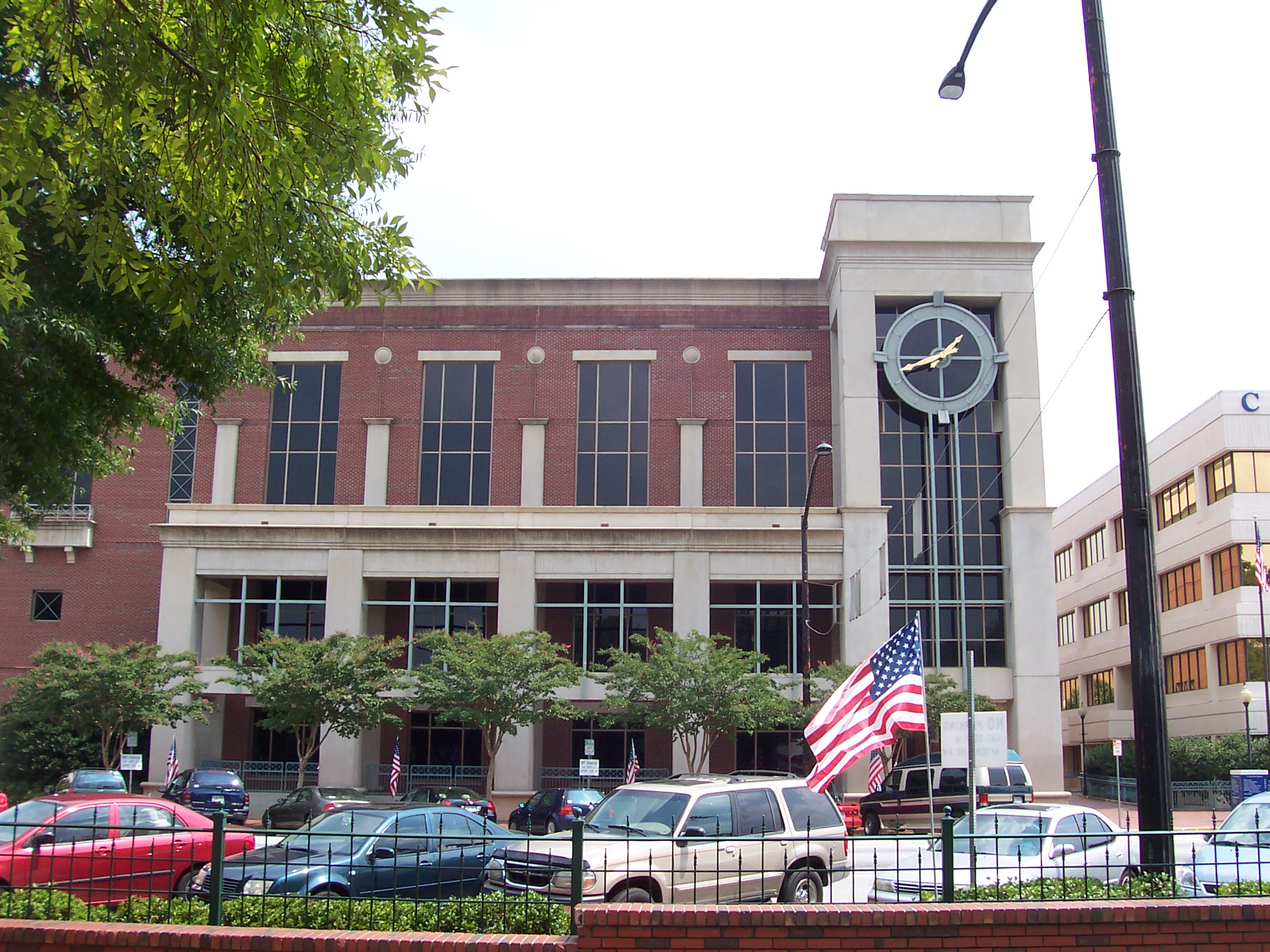 |
Old North Church, Boston
source: Wikimedia Commons |
I have been accustomed to finding ministers, tavern keepers, teachers, and farmers scattered all over the branches of my family tree. But a poet and hymn writer, that was someone new to find! The bits I have gathered about my seventh GreatAunt, Bridget Richardson Fletcher, have blended into a story of a woman, her family, and life in colonial times.
Bridget Richardson was born in 1726, the fourth of Zachariah Richardson and Sarah Butterfield's ten children.
(1) Although I have been unable to find any record concerning her education, she apparently learned to read and to write, as well as the knowledge of poetic form. These things were evidenced in her later life.
In February of 1745/1746 an intention to marry was recorded in the Westford, Massachusetts Church Records for Timothy Fletcher, Jr, of Westford and Bridget Richardson of Chelmsford. In the following years, according to the church records, Timothy and Bridget had seven children.
(2) These children were Elijah (born 1747), Josiah (born 1749), Bridget (born 1751, apparently dying in childhood), Luce (born 1754), Jesse (born in 1757, apparently died at a young age), Bridget (born 1760), and Jese (born 1762). Seven children in 15 years is enough to keep anyone busy, but it was often the norm among colonial families.
Bridget Richardson Fletcher died on 8 June 1770, survived by her husband Timothy and five children, three of whom were under the age of 18 and were most likely still living at home. Her oldest son Elijah had just graduated from Harvard and was planning on a career in the ministry
.(3) It was not unexpected to learn that her husband Timothy remarried, first in 1774 to Huldah Pearley and, following Huldah's death, to the much young Hannah Proctor in 1778.
(4)
Son Elijah Fletcher was ordained into the ministry in 1773 and served as the minister of the Congregational Church of Hopkinton, New Hampshire. According to a biographer, once Rev. Elijah Fletcher began receiving a salary, one of his first deeds, following his marriage to Rebecca Chamberlain, was to arrange for the publication of a collection of his mother's poetry.
(5)
Her book of poetry was published in Boston by Isaac Thomas who was the publisher of
The Massachusetts Spy, an early colonial newspaper. I was able to access a copy of her book,
Hymns and Spiritual Songs, on the Early American Imprints database at King University in Bristol, Virginia. The poems are listed as having been composed by "Bridget Fletcher, The wife of Timothy Fletcher, late of Wesford, deceased. She being dead yet speaketh". Included in the citation for
Hymns and Spiritual Songs was this note, "The only known copy is imperfect". There was no mention, however, of the current physical location of Bridget's book.
Although Bridget Richardson Fletcher with this sole publication is not ranked among the oft-mentioned females writers in colonial America, people such as Anne Bradstreet, Mercy Otis Warren, and Phillis Wheatley, her writings continue to appear in a number of literary anthologies. A forthcoming work,
American Colonial Women and Their Art, has this to say about Bridget Richardson Fletcher:
(6)
Hymnographer Bridget Richardson Fletcher of Chelmsford, Massachusetts, compiled Hymns and Spiritual Songs on Several Occasions. The collection of eighty-two hymns stressed propriety, marriage, the punishment for sin, and the joys of redemption and God's grace. Hymn 36 described the virgin birth of Christ as a character asset of all women and a shield against male scorn. Hymn 70 surveyed the mutual duties of husband and wife and urged every man to prize his wife for her submission to authority."
The introduction of her book takes us clearly back into the eighteenth century as the editor (possibly Isaac Thomas) urged readers to "be ready to make allowances for the many inaccuracies of a female pen, when he considers that the advantages of females in general are but small, in comparison of those of the other sex, in point of polite learning". The editor further noted that the poems were not given titles and that some of them were not finished as "God, in his infinite wisdom, saw fit to call the author from this to a world of spirits, in the meridian of life ... [after] a fever for the space of three weeks ... she having passed through many difficulties".
(7) There in the book's introduction was Bridget's probable cause of death at the age of 44.
Her poems are clearly filled with religious imagery and evidences of her faith. The following poems are a few examples of her hymns and sacred songs. This poem urged Christ to take her out of darkness and from her doubts and could have been written during the time of her fever and illness.
My Saviour dear, don't leave me here,
In this dark wilderness,
Pray let me come a leaning on,
Thy sweetly thy charming breast.
For thou are strong and can'st perform,
If thou the word shouldn'st speak,
Could I get out then with a shout
Around the earth I'd leap.
But fight I will with all my skill
If God will not forsake,
I will hold fast while life doth last,
Lest some my crown should take.
Hymn XXXVI, previously mentioned, presented her idea that the dignity of a woman comes because Christ was born of a woman. The photo also shows the condition of some of the pages of this copy of her book.
As I read Bridget's poetry, I kept wondering how these poems might have been sung as hymns. In her dissertation, Dr. Karen L. Shadle explained that "these strictly metered texts were to be sung to familiar melodies".(8) This is easy to understand when I consider the various hymns in our church hymnal that are sung to the same tune. If I tried, I could probably find a suitable melody for verses such as these from Hymn LXXXII:
A contrite heart, O Lord impart,
A broken spirit too:
O meet us there, and hear our pray'r,
If by thy leave we go.
.....
Lord give us grace to run the race,
Which thou hast set before,
Lord give us faith to keep us safe,
And bring us safe ashore.
 |
| Library, King University, Bristol, Virginia |
Reflections:
- I am appreciative that I was able to have online access to Hymns and Sacred Songs at King University in Bristol, Virginia. The colonial architecture of the campus was an appropriate setting for accessing information from colonial times.
- I'm grateful that Bridget Richardson Fletcher shared her thoughts through her poetry and that her eldest son, the Rev. Elijah Fletcher, saw fit to have his mother's poetry and hymns published in 1774.
- It was good to stretch my research habits by looking into a variety of academic publications and journals. HathiTrust and the JSTOR Digital Library proved to provide a number of excellent resources in my research.
- My journey to learn about Bridget started about a year ago with a single sentence mentioning her poems, a sentence I read somewhere in something about my 7th GreatGrandparents, Zachariah Richardson and Sarah Butterfield. The more I learned about Bridget, the more I wanted to share her story so that "she being death yet speaketh".
#colonialamericagenealogy #genealogyresources #massachusettsgenealogy #richardsongenealogy #womenpoets #hymnsandsacredsongs
(1) Massachusetts Town and Vital Records, 1620-1988. Database and Images, Ancestry.com, (http://www.ancestry.com : 2011); citing Chelmsford, Vital Record Transcripts, p 130, Chelmsford Births.
(2) Massachusetts Town and Vital Records, 1620-1988. Database and Images, Ancestry.com, (http://www.ancestry.com : 2011); citing Westford, Vital Record Transcripts, various pages, Westford Births.
(3) "Ecclesiastical History",
Collections, Historical and Miscellaneous and Monthly Literary Journal, vol III, 1824; accessed http://www.kouroo.info/kouroo/transclusions/18/24/1824_JohnFarmerIII.pdf.
(4) Massachusetts Town and Vital Records, 1620-1988. Database and Images, Ancestry.com, (http://www.ancestry.com : 2011); citing Westford, Vital Record Transcripts, Marriages, p 169.
(5) Shipton, Clifford Kenyon.
Sibley's Harvard graduates : biographical sketches of those who attended Harvard College ... with bibliographical and other notes, 1873; accessed through HathiTrust.org.
(6) Snodgrass, Mary Ellen.
American Colonial Women and Their Art. Rowman & Littlefield, 2017; accessed on Google Books, September 2017.
(7) Fletcher, Bridget Richardson.
Hymns and Spiritual Songs on Several Occasions. Boston, Thomas, 1774; accessed through Early American Imprints, series I, #42439.
(8) Sladle, Karen L.
Singing With Spirit and Understanding: Psalmody As Holistic Practice in Late Eighteenth-Century New England. Presented to faculty of the University of North Carolina, Chapel Hill, 2010.













.jpg)



